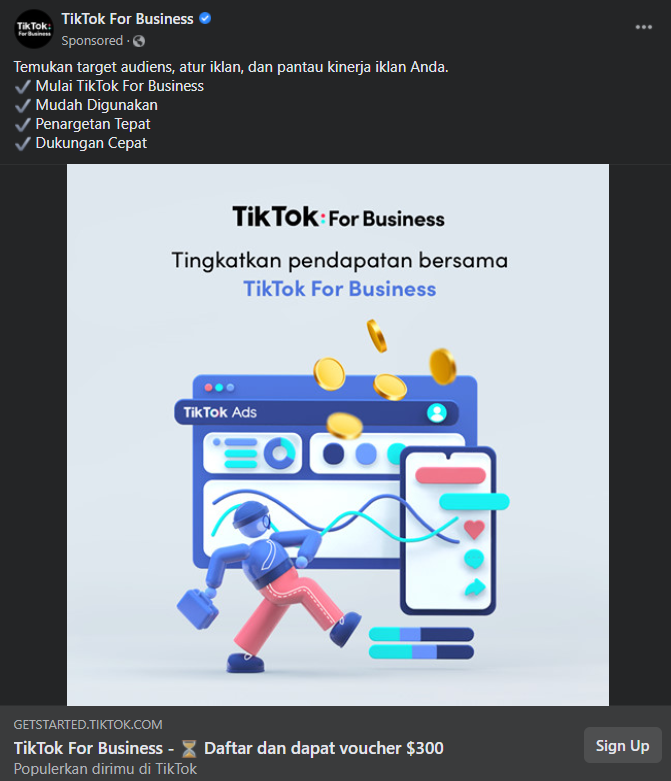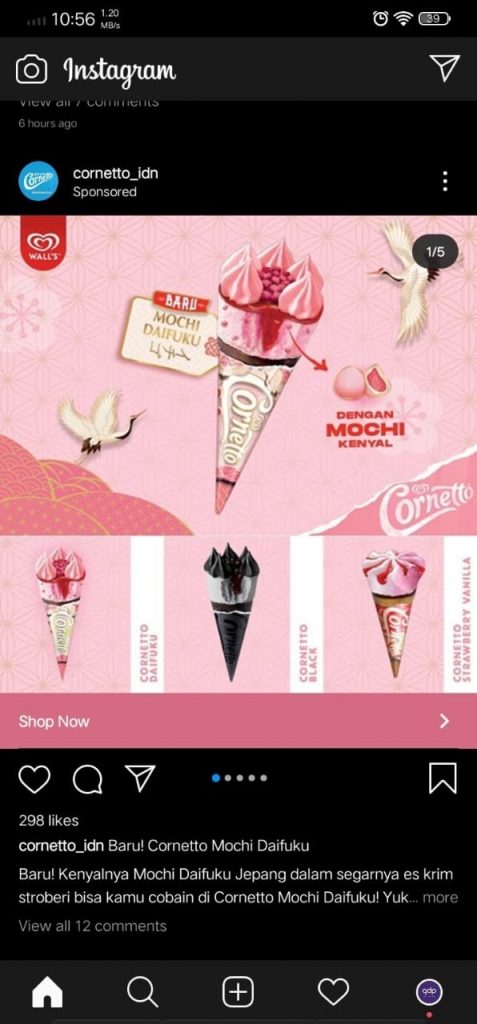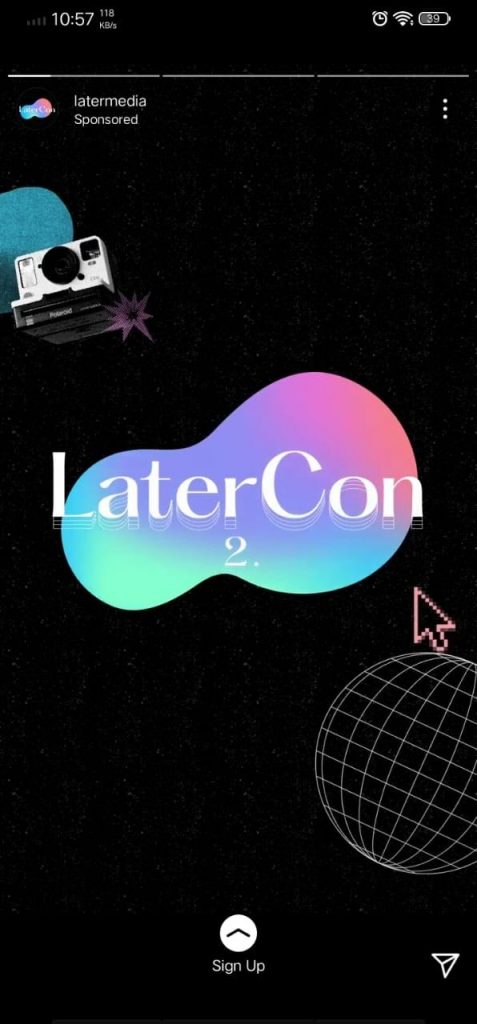Digital Advertising Formats
This form of advertising allows you to reach the right people with the right message at the right time, at the right place. Assuming you’re doing this already through newspapers, flyers, or radio ads. As our exploration on digital campaigns getting deeper, we will see just how much digital ads are raising the bar in the advertising industry.
Search Engine Marketing
Try searching for something on Google, a few search results with the tag ‘Ad’ appear at the top of the Search Engine Results Page (SERP). These ads are the result of search engine marketing.
Search Engine Marketing (SEM) is arguably the most commonly used ad format. In SEM, you bid on keywords along with your competitors to appear at the top of the page. SEM ads can either be Pay Per Click (PPC) — pay every time someone clicks on your ad or Cost Per Mille (CPM) — pay for every 1000 impressions on your ad, regardless of the clicks.
You can see some examples below:

Display Ads
Display Ads is the second most common ads that are used by most Advertisers. It is made up of text-based, image, or gif format that encourages Audience to click-through to a landing page and take action, for example, make a purchase. By creating attractive and compelling display ads, it could attract an ideal audience that is aligned with the campaign objectives.
These are the most commonly used display ad size
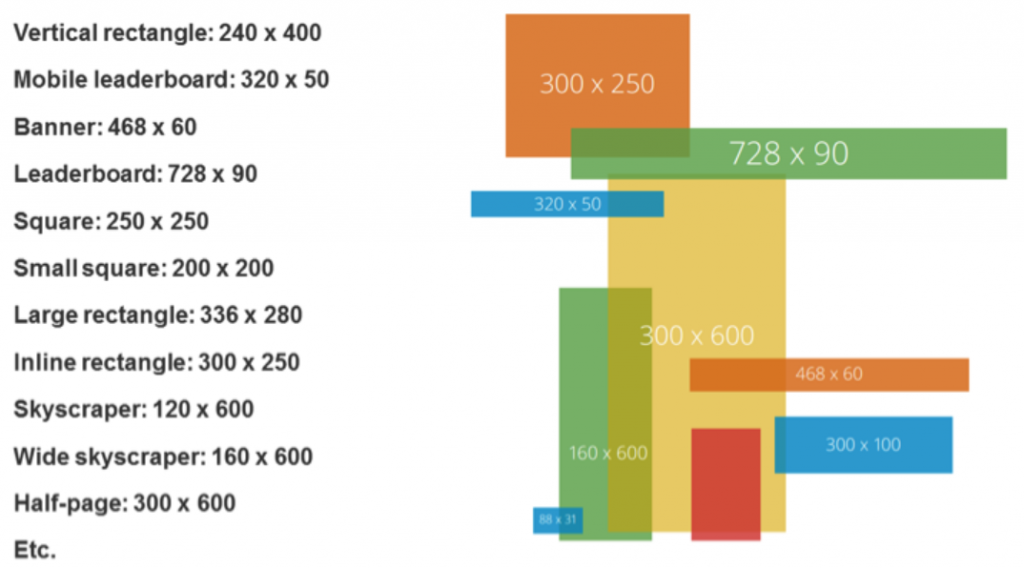
Using display advertising for campaigns means Advertisers are using a push approach where Audiences who see the display ads are targeted purposefully for those ads, it could be because of re-marketing campaigns or those Audiences browsing a website that is relevant to Advertiser’s offer.
With using display advertising, there are some possible display ad goals that could be achieved:
- Building brand and top-of-mind awareness
- Generating leads by offering a lead magnet
- Attracting abandoned users/customers through retargeting
- Nurturing leads through the buying process
Native Ads
Meanwhile, native advertising refers to a form of advertising that blends in, in attempts to match the content of the platform and its objective is soft-selling. It is intended to make the message more easily consumed by the Audience. Native ads also usually appear in-feed on the website and are non-disruptive. Native ads can be found on social media feeds, such as suggested or promoted posts on Facebook and Twitter, recommended content on a website, that makes the ads look like part of editorial flow of the page.
Below are the samples of native ads:
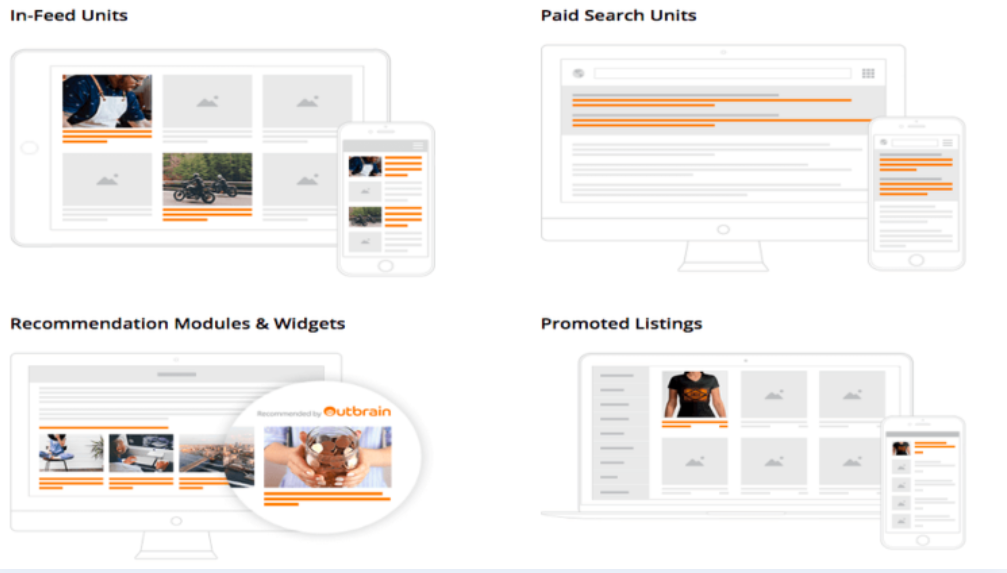
Video Ads
Video advertising is a process of displaying ads inside online video content, usually happening before, during or after a video stream. This type of advertising is also one of the most popular ways to reach online audiences. But what marketers need to pay attention as well are, is to be exceptionally careful to create video ads where the audience could perceive as genuinely valuable and relevant.
There are types of video ads, instream, outstream and in-banner. What makes them different?
| Instream | Outstream | In-Banner (Display) | |
| Format and Placement | Instream video ads un in line sequentially with the content as in ad-video, video-ad-video or video-ad. | Outstream videos can be placed in between 2 paragraphs, or floating/sticky at the corner of the page. | In-banner video ads show video in a standard banner size and placement. |
| Ideal for sites with many video content | Ideal for for sites with high average time on pages | Can be used on pages without a video player or other streaming content because it fits into standard display banner ad spaces, for example, 300×250 or 970×250 | |
| Campaign type | Ideal for retargeting campaigns | Ideal for increasing brand awareness | Ideal for driving traffic to your website |
| Performance | Lower Scale since it is expensive to produce video content | Higher Scale | Higher Scale |
| It is the video ad unit with the highest completion rate since users ideally wait and complete the ad to finish. Users are so used to having to wait for a commercial when watching tv, so they don’t usually mind a 30-second mid-roll format. | Depends on the outstream video placement, the performance (VCR) can be lower or higher than instream video ads If placed on very low and out of sight on a web page may lead to poor performance. If placed on sticky or ATF, vice versa | Movement in the ads can be distracting and annoying. Usually no way to stop the video content playing. Often found very low and out of sight on a web page which lead to poor performance. | |
| Price | Relatively higher price USD 2-6 | Relatively higher price USD 2-6 | Cheaper Price USD 1-3 |
Instream Ad Format

Outstream Ad Format
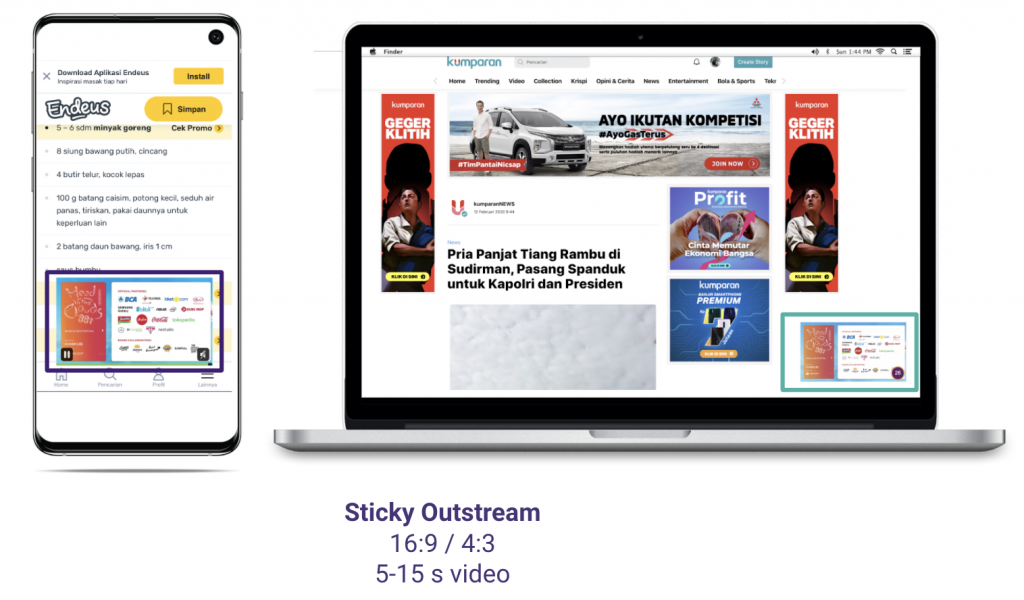
Video In-banner

Audio Ads
Here is the latest additional ad format for programmatic advertising, it is called programmatic audio, where ads are placed within audio content such as podcasts, music streaming apps, and online radio. Audio advertising is an ideal tactic for brands looking to reach a broad audience, particularly for awareness campaigns with a reach goal since there are limitations on clicking within some audio ad environments. Programmatic audio advertising enables data-driven targeting to reach audiences that extend beyond display or video advertising campaigns. The increase in consumers’ listening habits and inventory creates a massive opportunity for Advertiser and Marketers to reach highly targeted and unique listeners with audio advertising.

Social Media Ads
Have you seen a ‘Sponsored’ or ‘Promoted’ content when you navigated your Facebook or even Instagram? That is called social media ads. For social media ads, it is a form of digital advertising that serves paid ads to your target audience using social media platforms, such as Facebook, Twitter, Instagram and LinkedIn. By using social media ads, Advertisers and marketers can promote their brands and inspire sales through the social channels that users frequently use.
These are the samples of Social Media Ads:
